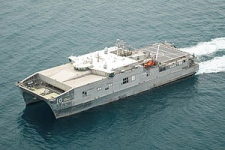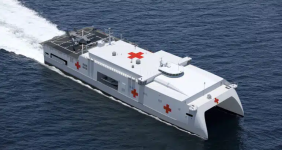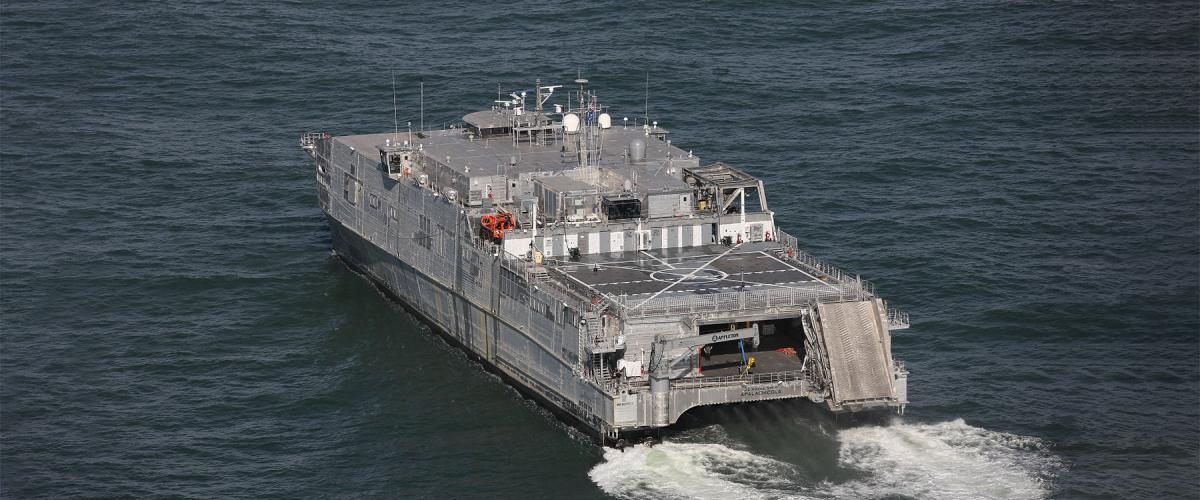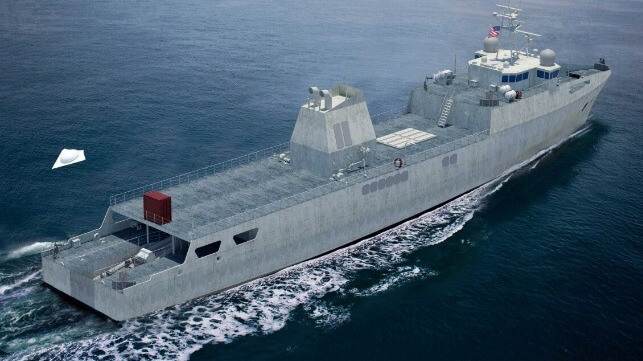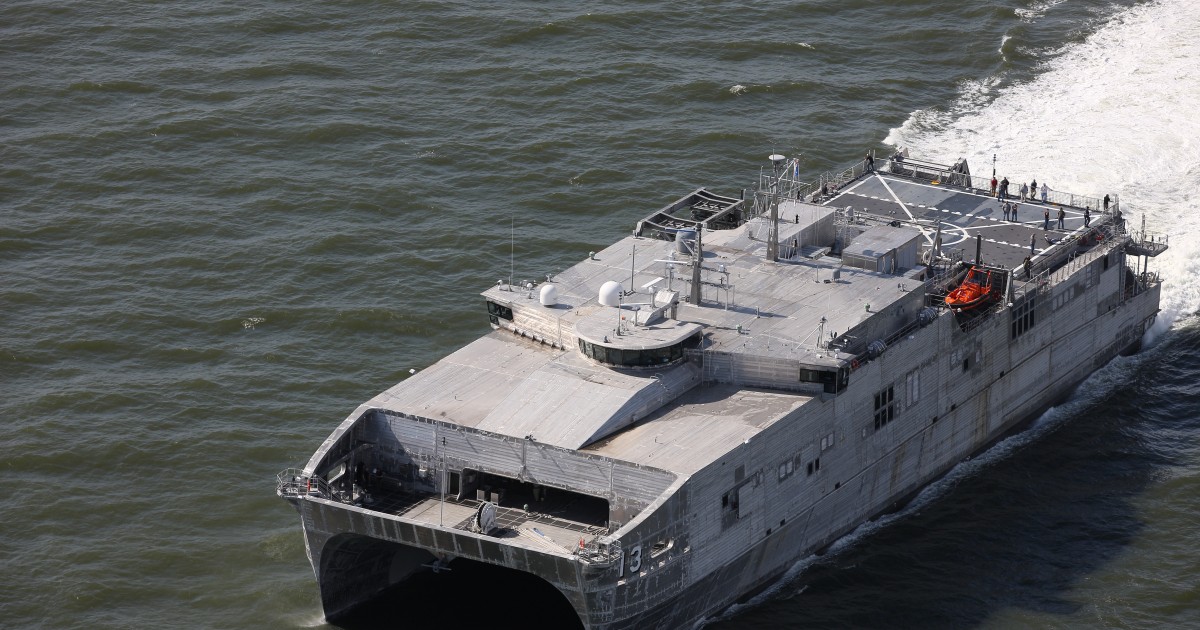Mk70 PDS and Littoral Combat Ships - Not done yet.
The LCS is notorious for lacking firepower and the modular launcher could help with correcting that, but there are tradeoffs in doing so.

www.twz.com
There has been a lot of speculation about repurposing old jets that are running out of useable flight hours.
Perhaps the same thinking applies here.
And not just with the LCS ships but also the JHSV-EPFs that the MSC has taken out of service.
Something like 30 LCS ships would be available and 20 JHSVs.
That would be 50-ish hulls with minimum to zero manning requirements that could be surged a few times - and because they have been "written out" if not "written off" then losses would be no great concern. That would save buying more of the Ghost Ship OSVs like Ranger and Nomad.





